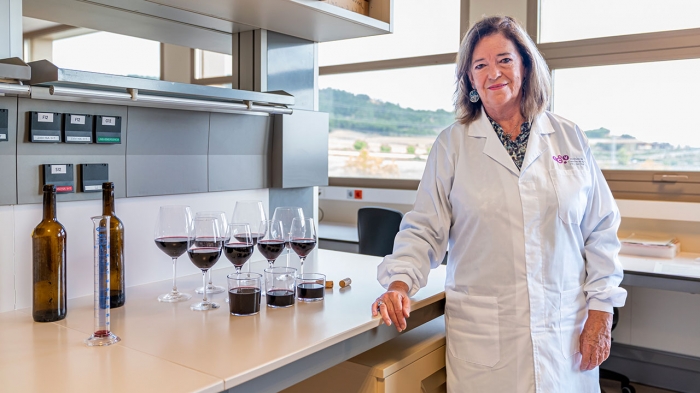AI Tool Estimates Wine Glass Volume and Polyphenols from Simple Photo
Deep learning algorithm calculates wine volume and bioactive compounds
2024-12-10

Researchers in Spain have developed an artificial intelligence tool that can determine the volume of wine in a glass and estimate its bioactive compounds from a simple photograph. The team, comprising scientists from the Institute of Grapevine and Wine Sciences (ICVV), the Institute of Food Science Research (CIAL), the Institute of Physics of Cantabria (IFCA), the Biomedical Research Center of La Rioja (CIBIR), and the University of La Rioja, created this innovative tool to improve the accuracy of wine consumption data in dietary and epidemiological studies. Their findings were published in the journal Heliyon.
The tool uses deep learning technology to analyze images captured by mobile phones. By processing the photographs, it calculates the exact volume of red wine in a glass and indirectly estimates its bioactive compounds, such as polyphenols. This approach allows researchers to better understand dietary patterns and assess wine consumption with precision, addressing limitations of traditional methods.
Historically, studies on dietary habits have relied on Food Frequency Questionnaires (FFQs), where participants report the frequency of consuming various foods and beverages. These surveys often assume standardized serving sizes, such as 100 mL for wine, leading to potential inaccuracies in estimating actual intake. Researchers noted that this discrepancy is particularly problematic for wine, as the actual volume per serving can vary significantly depending on the glass size and serving practice.
To test the tool's effectiveness, the researchers conducted a study involving 38 regular red wine consumers. Over a three-week period, participants used their smartphones to photograph their glasses of wine before drinking. The AI system analyzed these images and demonstrated high accuracy in measuring the wine volume, calculating an average of 114 ± 33 mL per glass. This variability depended on the type of glass used and highlighted the importance of real-world data collection.
The image analysis tool not only provides a more precise evaluation of wine consumption but also helps in estimating the intake of its polyphenols, key bioactive compounds linked to various health benefits. Beyond nutritional studies, the researchers suggest that this technology could also be useful for market research and consumer behavior studies, offering a new way to analyze wine consumption trends and preferences.
Founded in 2007, Vinetur® is a registered trademark of VGSC S.L. with a long history in the wine industry.
VGSC, S.L. with VAT number B70255591 is a spanish company legally registered in the Commercial Register of the city of Santiago de Compostela, with registration number: Bulletin 181, Reference 356049 in Volume 13, Page 107, Section 6, Sheet 45028, Entry 2.
Email: [email protected]
Headquarters and offices located in Vilagarcia de Arousa, Spain.